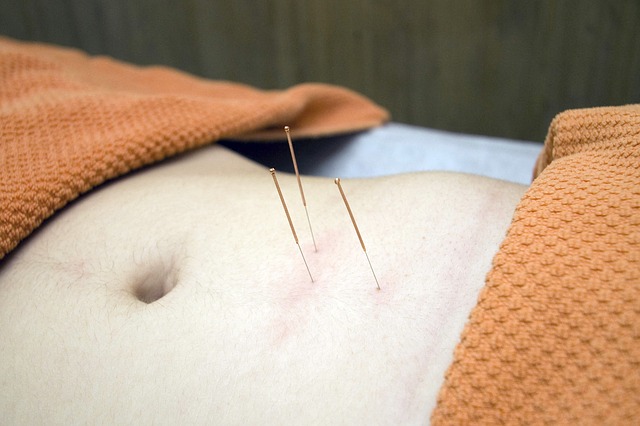9 Solutions for Natural Pain Relief
Image by Alterio Felines from Pixabay
Pharmaceuticals are a modern miracle, but many are surprised to find that the answers to an extensive list of medical complaints reside in a wide variety of nature’s herbs and oils. Over-the-counter pain medication can lead to unpleasant side effects, especially with frequent or long-term use, and more people than ever are turning to several of nature’s painkillers that have been used for thousands of years.
1. CBD
A derivative of the hemp plant, cannabidiol, or CBD, is an all-natural option for pain management. This pain-relieving herb, while a by-product of cannabis, is free of psychoactive ingredients that cause the typical “high” associated with adjacent recreational products.
Products containing cannabidiol, especially CBD flower, have been shown to reduce inflammation, a leading cause of pain and discomfort in the body, and influence your body’s pain sensors, effectively reducing the sensation of pain. CBD can be inhaled, topically applied, or ingested as an oil, tincture or prepared food product.
2. Ice or Heat
When it comes to soothing sore muscles, reducing swelling or calming inflammation, sometimes a change in temperature is all your body needs. Placing either cold or hot packs on painful areas reduces painful inflammation while either encouraging or discouraging blood flow to the area. Heat should be used on muscles that are experiencing pain or stiffness, while cold treatments such as ice are best placed on injuries that are acute, or on stiff muscles or sore joints.
3. Willow Bark
Aspirin and this natural substance work similarly thanks to a compound known as salicin, which relieves inflammation in the body. Willow bark has historically been chewed, brewed into tea, dried and eaten to relieve pain, but today it’s available in either capsule or tincture form.
4. Turmeric
The powder from this root plant is what gives curry its golden color and rich flavor. Turmeric has been used for centuries as an anti-inflammatory pain reliever. Curcuma, the star ingredient, has powerful anti-inflammatory properties, and can be used to relieve headaches, arthritic pain and swelling. Turmeric capsules are the simplest way to ingest this healing plant.
5. Capsaicin
Most people associate chili peppers with pain and discomfort, but they contain beneficial compound capsaicin, a natural pain reliever. It works best as a topical treatment, and researchers hypothesize that it interferes with the body’s pain receptors and reduces the sensation of pain.
6. Ginger
Compounds found in ginger root have been shown to speed up healing, minimize swelling and inflammation and ease joint and muscle pain. Ginger root contains phytochemicals, which neutralize free radicals in the body that contribute to tissue damage and deterioration. Research has suggested that a buildup of free radicals in the body contributes to further inflammation, which can result in or exacerbate existing chronic pain conditions and slow down the body’s healing capabilities entirely. Ginger can be eaten raw, taken in capsule form or brewed into tea for best effects.
7. Feverfew
Commonly used to treat migraines and toothaches, feverfew has been a prominent natural painkiller for centuries. Feverfew has also been used to relieve stomach aches, pain from arthritis and even fevers by slowing down the production and transportation of histamine, an inflammatory chemical transmitter. Most commonly, feverfew is available dried, in capsule form or can be taken orally as a liquid supplement.
8. Ashwagandha
Ashwagandha is an ancient medicinal herb that is commonly available in powdered or capsule form. Ashwagandha has been shown to have antiinflammatory properties, and is thought to work by inhibiting pain signals that travel around the body. Some studies also suggest that it minimizes the production of cortisol, your body’s stress hormone, which can alleviate pain as well. If you’re wondering whether to take Ashwagandha at night or morning, it may depend on your needs. Some find it beneficial to take in the morning for daytime stress management, while others prefer it at night for calming effects before sleep.
9. Acupuncture
Proponents of acupuncture swear by its pain-relieving abilities. Very small needles are inserted superficially into the skin at specific points to trigger the release of endorphins, your body’s natural feel-good hormones. In other words, it activates the body’s own self-healing mechanisms to relieve pain. Treatments are most effective when done at least once per week, but some conditions could benefit from more frequent treatments.

